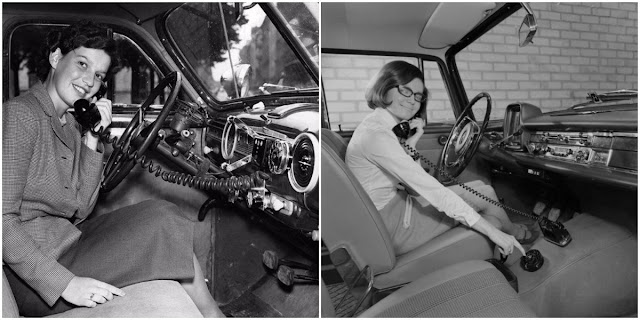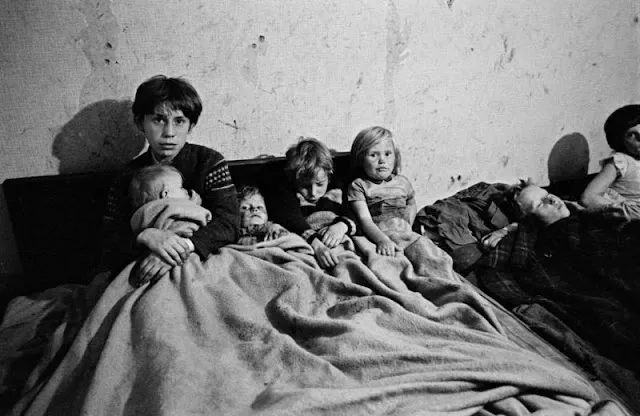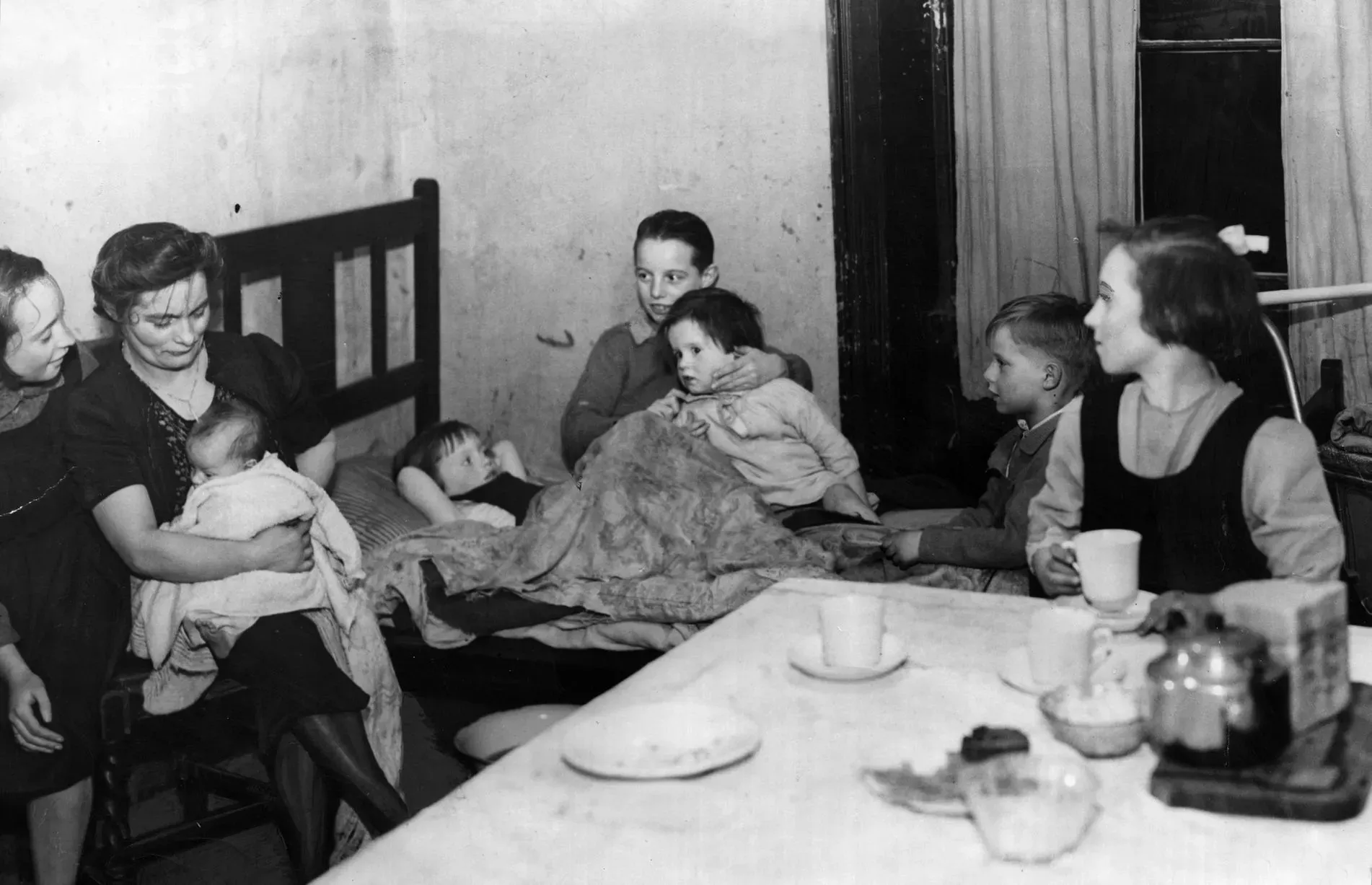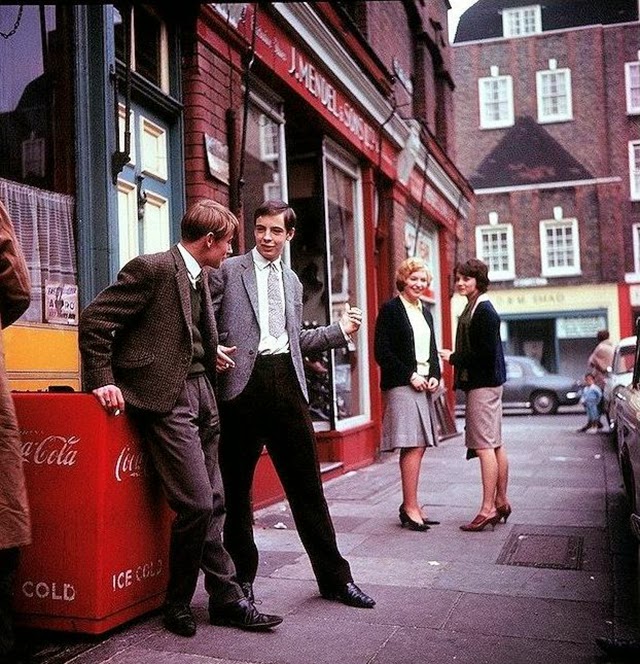The Men’s Dress Reform Party (MDRP) was a reform movement in interwar Britain. While the party’s main concerns were the impact of clothes on men’s health and hygiene, their mission also aimed to increase the variety and choice in men's clothing.
The idea was that the dark, heavy clothes men were expected to wear were unhygienic (it was difficult to wash a suit before widely available dry cleaning—indeed, that’s part of why suits are traditionally dark, to mask dirt), and ugly to boot. Men’s clothing was a health hazard, they claimed, which fell into line with its parent organization, the New Health Society, a group devoted to educating people about nutrition, “intestinal stasis,” and “helio-hygiene.” So they fought back, urging employers to let workers wear freer dress, organizing ersatz holidays in which men were to wear whatever they pleased, and throwing rallies at which members were instructed to “Come as you are and feel your best,” which for some meant togas, for others singlets and jeans, and for H.G. Wells, meant “ordinary evening dress.”
Unlike other organizations of the time, the MDRP had no formal journal. Instead, the group published articles about their reform ideas in Sunlight, a quarterly journal produced by The Sunlight League. MDRP member Dr. Caleb Saleeby chaired the Sunlight League, and thus incurred the league’s support of the Men’s Dress Reform Party. A Design Committee was organized to construct designs of “acceptable” clothing, and received national attention for their recommendations. Members claimed that branches were forming in all corners of the world, including India, China, Australia, South Africa, the USA, New Zealand, Canada, and Europe in addition to the approximately 200 branches in the UK. These groups held social events, rallies, and debates, but the prevalence of such events decreased with the onset of World War II.
In 1937, the Men’s Dress Reform Party lost the support of the New Health Society due to financial trouble and eventual bankruptcy. Then, in 1940, the Sunlight League also dissipated after a bomb destroyed their offices and the death of its founder, Dr. Saleeby. After this period, the Men’s Dress Reform Party largely ceased to exist.








